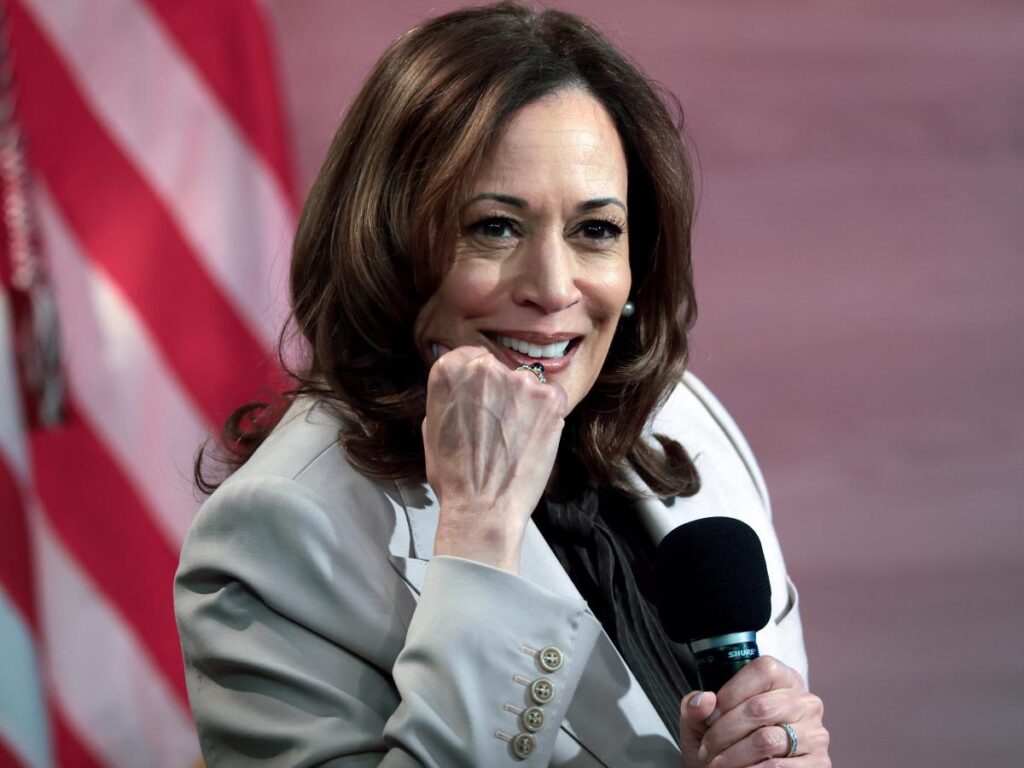On Monday night, Vice President Kamala Harris appeared on CBS’s “60 Minutes” as a part of her final media push for her presidential campaign. This strategy comes as she targets specific demographic groups in the lead-up to the election. Notably absent from the much-anticipated CBS broadcast was former President Donald Trump, who had reportedly agreed to participate in the segment but later backed out. Trump’s spokesperson, Steven Cheung, stated that no formal arrangements had been made for him to appear on the show and cited a disagreement over live fact-checking as a reason for his withdrawal. Political analysts are divided on the potential impact of Trump’s absence; while some assert that Harris’s interview is unlikely to sway many undecided voters, others believe that the lack of Trump’s presence could lead to a favorable impression of Harris among those voters.
During her interview, Harris emphasized her economic policies and the distinctions between her platform and that of her opponent. However, she refrained from providing any new insights into how a future Harris administration would operate. The interview followed a trend of criticism that Harris has faced throughout her campaign from Trump supporters and media figures, who argue that she has not sufficiently clarified her policies or engaged with the public effectively. The “60 Minutes” segment was part of a broader series of high-profile interviews that Harris has lined up, aiming to bolster her visibility in the final stretch before the election.
Political scientist Susan McWilliams Barndt critiqued the structure of the interview, noting that it felt disjointed and overly edited. In contrast, she praised a recent podcast interview Harris did with Alex Cooper on “Call Her Daddy,” suggesting that Harris’s engagement on platforms with significant reach, especially among younger women, highlighted a thoughtful approach to voter outreach. Mike Nellis, a former advisor to Harris, echoed this sentiment, suggesting that targeting her appearances on shows popular with younger demographics is a savvy strategy that may resonate with key voting blocs like suburban women.
Nevertheless, McWilliams Barndt pointed out that Harris did not bring forth any new ideas in the “60 Minutes” segment, explaining that in today’s fast-paced political landscape, where social media dominates, capturing public attention necessitates novelty. Patricia Crouse, a political science adjunct, noted that while Harris performed adequately, her responses were somewhat evasive, failing to directly address the posed questions. However, Crouse also mentioned that Harris’s willingness to participate in the interview could resonate positively with some undecided voters, contrasting it with Trump’s absence which she viewed as potentially detrimental to his image.
Despite the criticisms, Harris displayed her capability to contend in such interviews, which could be beneficial as the election approaches. Many pundits suggest that consistent visibility in various media formats might work in her favor as it allows her to connect with different segments of the electorate. Her proactive approach, including appearances on “The View,” “The Howard Stern Show,” and “The Late Show with Stephen Colbert,” aims to broaden her reach and consolidate support among key voter demographics who may be undecided.
Ultimately, the effectiveness of Harris’s media strategy and engagement approach may become evident as votes are cast. With Trump’s absence casting a long shadow over the airing of the interview, Harris’s performance could either bolster her standing among undecided voters or continue to feed into ongoing criticisms about her messaging clarity. As opinions on both candidates solidify, Harris’s visibility and the contrast with Trump’s handling of media opportunities may shape the narrative leading up to the election, allowing voters to gauge the candidates’ readiness to lead.

